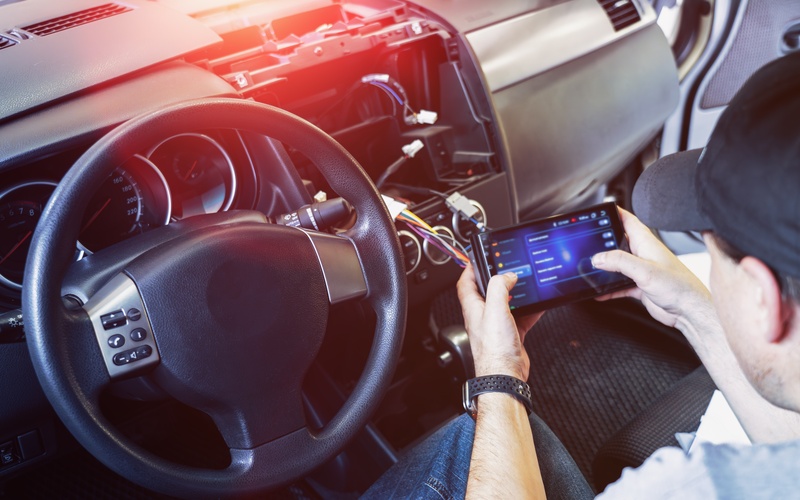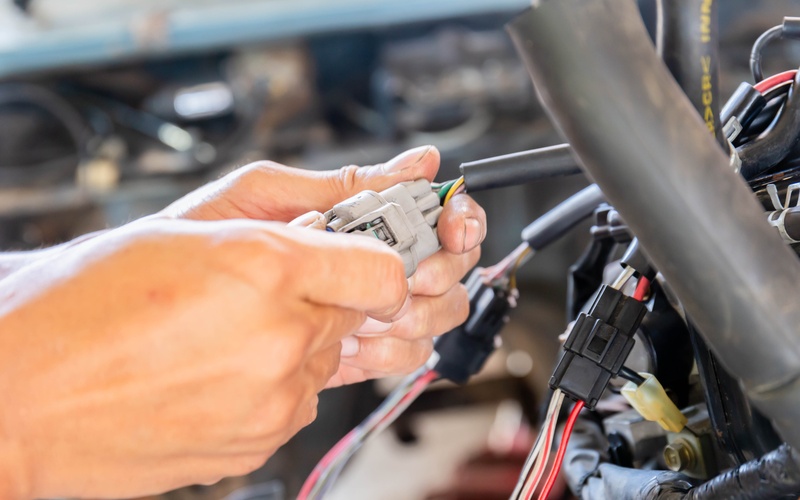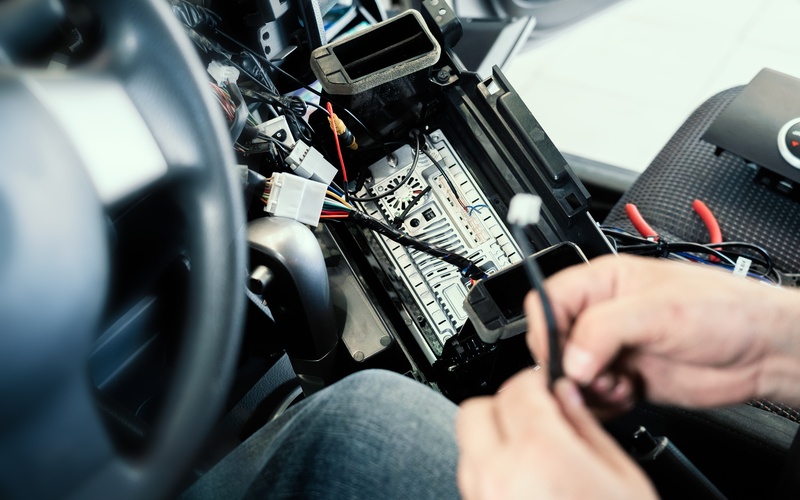Tips for Using Pigtails To Electrify New Components in a Car

Installing new components in a car often comes with challenges, especially when it comes to wiring. Whether you’re adding new headlights, updating your sound system, or integrating advanced tech features, you need a foolproof way to run power safely and efficiently. That’s where pigtails come in. This blog will explore tips for using pigtails to electrify new components in a car, providing actionable advice to help you complete your installations smoothly while maintaining peak performance. You’ll walk away with techniques that enhance your wiring accuracy, reliability, and safety.
Understanding the Basics of Pigtails in Auto Wiring
Before jumping into practical tips, you need to understand what pigtails are and how they function in automotive systems. A pigtail is a short wire or cable connector that establishes connections between multiple wires and a main power source or electronic component. Designed for seamless integration, pigtails simplify wiring in tight spaces, reduce connection errors, and enhance the overall reliability of electrical systems.
For example, when adding new components such as lights or data modules, pigtails provide a pre-installed, ready-to-use wiring solution that ensures proper alignment and reduces the chances of miswiring.
Remember, mastering using pigtails isn’t just about having the right tools but also understanding the fundamentals of how electricity flows and how secure connections can make or break your project.

Planning Your Wiring Configuration
Preparation is key before you touch a single wire. When using pigtails, start by mapping out the wiring configuration of your car. Understand which component you’re wiring, where you’ll route the cables, and how the connections will align with existing systems.
Begin by referring to the vehicle’s electrical schematic. This diagram lets you identify connection points, voltage ratings, and wire compatibility. For instance, if installing a new rearview camera, check for an appropriate power source in the vehicle’s primary harness and plan for a seamless connection using a pigtail.
Next, decide if you’ll need additional components like heat-shrink tubing or terminal blocks. Minimizing cable slack is vital to ensure safe and neat routing. Too much slack can lead to damage from friction, while taut wiring risks pulling or breaking during vehicle operation.
Invest time into identifying potential failures, such as exposed wires touching metal surfaces and causing short circuits. Proper planning minimizes mistakes and ensures that power flows to your new components without interruptions.
Selecting Durable Pigtails for Your Project
Not all pigtails are equal, and selecting the right one for your setup is a critical step. Look for pigtails built with high-quality, heat-resistant materials that meet automotive standards. Low-grade connectors can corrode or lose efficiency over time, resulting in costly repairs or replacements.
When choosing pigtails for electrifying new components, consider the amperage and voltage requirements of the device you’re connecting. Ensure compatibility between the gauge of the pigtail wires and the current draw of the component. For high-performance parts like upgraded LED headlights or high-capacity amplifiers, select pigtails with reinforced 8-pin wire connectors to handle higher loads efficiently.
Always check for certifications like UL-listed connectors. Reliable manufacturers often label their products with voltage, heat resistance, and material details. Using industry-standard pigtails enhances your project’s durability and long-term functionality.
Safeguarding Connections Against Failures
Ensuring secure and safe connections is not optional when using pigtails to electrify new components in a car. Loose or unstable connections can lead to overheating, power loss, or fires. Use crimping tools rather than solder whenever possible, as it creates more robust connections that resist vibration.
After connecting the pigtail to your component, add insulation to protect against moisture and corrosion. Heat-shrinking tubing layered over the connection provides a durable barrier, reducing wire exposure to external forces. Double-check each connection by lightly tugging the wires to ensure they’re fully secure.
Don’t overlook quality testing. Once you’ve completed wiring, use a multimeter to verify voltage flow and confirm there’s no drop-off. Testing ensures all connections have been established correctly and your new components are functional and safe.
Strategically Managing Wire Routing
The positioning of wires plays a huge role in maintaining performance and avoiding potential damage. Don’t allow wires to hang freely. Route the pigtails strategically, using zip ties and wire clips to secure them neatly along the vehicle’s frame or existing harness paths.
Avoid routing wires near engine components or other areas with high heat exposure. Excessive heat can damage insulation and reduce wire lifespan. Similarly, keep your wiring clear of moving parts such as the steering column, brake components, or suspension system.
When electrifying new components like sound systems or electronic displays, focus on achieving a clean layout that avoids overlapping cables. A chaotic configuration can affect performance, cause interference, and lead to troubleshooting complications. Clean, intentional wire management protects against these risks while enhancing your installation’s professionalism.

Testing the Final Setup
Testing is the last and arguably most critical step in installing new car components using pigtails. You’ve invested time and energy in connecting and routing wires; now it’s time to ensure everything works as expected.
Power on your vehicle and inspect the functionality of the newly installed component. Check for proper operation, such as a freshly installed device powering without delays or interruptions. While the component operates, monitor the temperature of the connections to ensure they remain cool under load.
Finally, perform a driving test. Movement, vibrations, and varying electrical loads during driving conditions can expose incomplete connections or hidden faults. Thoroughly test the setup to confirm consistency across all scenarios.
Why Proper Installation Matters
When electrifying vehicle components, the stakes are high. Proper wiring maintains the integrity of your vehicle’s electrical system, reduces long-term costs, and enhances safety. Mastering these tips for using pigtails to electrify new components in a car takes expertise, but the benefits far outweigh the effort.
By adhering to best practices in every step—selecting quality materials, ensuring secure connections, and rigorously testing your setup—you establish reliable and efficient systems that stand the test of time.
For pigtail connectors that meet your needs, check out Connector Expert’s shop. We offer a range of pigtails to help you complete your automotive projects.

You must login to post comments.